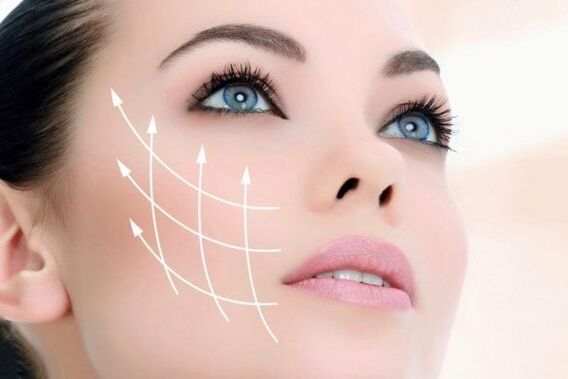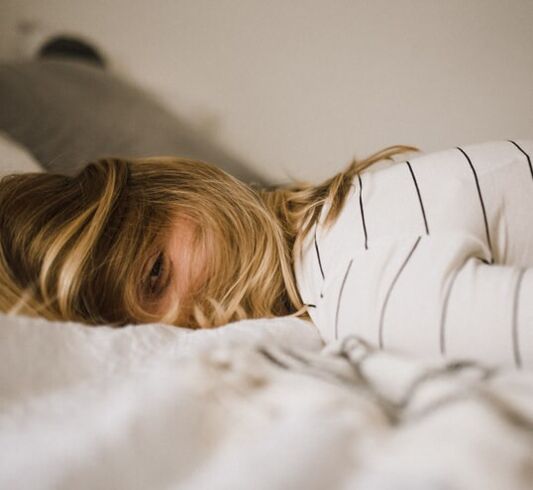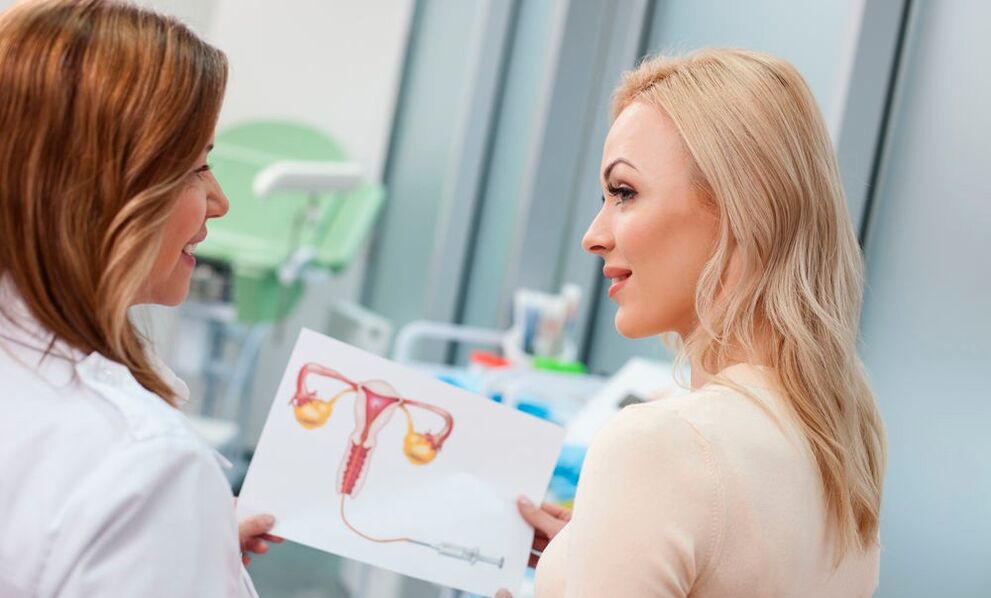You may want to see the results of the rhinoplasty procedure (nose reshaping) right away, but the recovery process will take some time. During this time, a number of steps can be taken to speed up the process and ensure proper healing.
Recovery time after rhinoplasty
The average recovery time after rhinoplasty is one year. This may seem like a long time, but it becomes much more manageable when divided into a time frame. The following steps for recovery after nasal surgery may vary from patient to patient, but usually something similar happens:
1 week after rhinoplasty:The splint placed during rhinoplasty surgery can be removed and you can go outside without showing any noticeable signs of nose surgery, as long as there are no bruises around the eyes. This may take 2 weeks. It is safe to resume everyday life.
2 weeks after rhinoplasty:Most of the swelling on the face after the rhinoplasty surgery has shrunk and most of the bruises have disappeared.
3-4 weeks after rhinoplasty:You can safely return to normal physical activities such as jogging, swimming and cycling.
6 weeks after rhinoplasty:The bones are stable, you can resume resistance training (lifting weights), wear glasses and touch your nose. Minimal injuries are no longer scary.
3-6 months after rhinoplasty:Numbness and unusual sensations in the nasal area should disappear.
1 year after rhinoplasty:The healing process is complete - the swelling should disappear completely.
Is there a way to speed up this schedule after nose surgery? In fact, there are many things you can do to make your recovery from nose surgery smoother. We recommend the following:
1. Listen to your doctor

First of all, follow your doctor's instructions. You can read 100 of these articles online about rhinoplasty restoration, but nothing beats the information you receive from your plastic surgeon. You will receive specific instructions on what medicines to take, when to take them, how to take care of the operation site to prevent infection, and when to return for a new examination.
2. Listen to your body
Your plastic surgeon will be able to see your recovery from rhinoplasty come out, but only you will know how you feel. Listen to your body - if something is wrong right after the nose job, talk to your doctor right away.
3. Keep your head raised for days or weeks after rhinoplasty

Sleeping on your side after a rhinoplasty is not just uncomfortable - it can shorten recovery time by preventing further bruising and swelling. To avoid surprises after rhinoplasty surgery, you should keep your head raised for 6 weeks after surgery. One of the easiest ways to do this is to raise your head on two or three pillows. You can also sleep in a reclining chair. If you tend to move when you sleep, you can keep your head in place with a travel pillow or surround yourself with rolled up towels.
4. Use cold compresses after rhinoplasty
For the first 72 hours after nasal surgery, using a cold compress can help reduce swelling. Be careful not to press the compress directly on your nose. Instead, place it on your cheeks to avoid accidentally moving bones or cartilage.
5. Rest a lot after rhinoplasty
The blockage you feel after nasal surgery can make it difficult to fall asleep, but rest is a vital part of the recovery process. Your body uses energy to heal, and getting sound from seven to eight hours of sleep each night gives your body time to replenish that energy.6. Maintain a healthy diet after rhinoplasty

What does eating vegetables have to do with recovery from nose surgery? In fact, very significant. A balanced diet after rhinoplasty surgery will help speed up the healing process by giving the body the nutrients it needs to heal.
Protein is a major building block for skin, muscle, cartilage and blood. A diet of nuts, meat, eggs, yogurt, fish and other foods rich in protein will help your body repair damaged tissues in and around your nose.
You will also want to make sure that you get a lot of vitamins in your diet, namely vitamin A and vitamin C. Vitamin A, which is usually found in dark, green leaves like spinach and cabbage, is a great immune booster that canhelp you fight infections after rhinoplasty surgery. Vitamin C plays an important role in the regeneration of collagen, a protein that connects skin tissues. Citrus fruits, Brussels sprouts and broccoli are good sources of vitamin C.
7. Stay calm after rhinoplasty surgery
Sauna, hot showers and the warmth of the sun can be fun, but they are not so good for your puffy nose. The heat will cause the nasal tissues to swell even more, so it's best to stick to a cool, spacious diet, take a warm shower, and stay away for a few weeks after the rhinoplasty procedure.
8. Do not blow your nose sharply and profusely after rhinoplasty.
After nasal surgery, you may have difficulty breathing for a few weeks, maybe even a few months. This sensation is caused by swollen tissues in the nose. Resist the urge to blow your nose and talk to your doctor about using a saline nasal solution to gently moisturize the nasal passages until the swelling subsides. You can resume active nasal blowing 6 weeks after surgery.
How about sneezing? You can't just sneeze. Instead, try sneezing through your mouth, not your nose. It sounds disgusting, but it's better than damaging the fragile nasal passages and slowing down the rhinoplasty recovery time.
9. Avoid vigorous exercise after rhinoplasty

In most patients, it takes about 6 weeks for the nasal bones to recover after surgery. During this time, intense exercise should be avoided. Even harmless movements such as stretching, lifting or bending can increase the swelling of the nose. Wait for the doctor to give you the green light to return to normal activities after rhinoplasty before starting to ease your workout.
10. Do not wear glasses after rhinoplasty
Sunglasses, reading glasses, prescription glasses - anything that puts pressure on the nose while it is being treated can cause additional bruising, swelling or even dents that will require a second rhinoplasty.
Your plastic surgeon will advise you when to start wearing glasses again. In the meantime, switch to contact lenses if you can. If you can't, wear the lightest possible frames and wear them only when absolutely necessary. If necessary, you can put a splint under the glasses, the one that was on the nose after rhinoplasty. Can be used with any glasses.
11. Stay away from the sun after rhinoplasty
It is always helpful to protect your skin from too much sun exposure, but this is especially important after nose surgery. Too much sun not only makes the nose more prone to sunburn for weeks and months after the procedure, but can also cause darker scars and swelling to become more severe.
12. Do not smoke before and after rhinoplasty
Both before and after nasal surgery, it is important not to smoke and to avoid passive smoking if possible. The nicotine contained in tobacco products restricts blood flow, which makes it difficult for the body to heal and interferes with recovery after plastic surgery and especially nasal surgery.
13. After rhinoplasty be especially patient!
First, be patient. You will recover and get the desired results from rhinoplasty - it just takes time. The above steps will not turn the one-year recovery process into a one-week, but will help speed up the processes and improve the postoperative result of rhinoplasty.
The recovery process after rhinoplasty is different for each patient. But from the moment you schedule your first rhinoplasty consultation, your doctor will accompany you every step of the way. If you have questions about the recovery or the procedure itself, do not hesitate to call your doctor by phone or fill out the online contact form.
As for revision rhinoplasty
When nasal surgery does not give the desired results, it can be a big disappointment. After spending a significant amount of money and dealing with a long and inconvenient recovery, you may face this terrible problem.
Either way: you are not alone. About a third of patients are consulted about the possibility of correction or reoperation of nasal plastic surgery.
The good news is that in some cases it is possible to achieve the desired appearance through non-surgical methods. But when it comes to revision rhinoplasty, follow these five steps to prepare for revision rhinoplasty.
1. Make sure your nose is completely healed after the first rhinoplasty surgery

First, your nose must be completely restored by the first rhinoplasty to withstand another procedure. It usually takes a whole year to wait for a revision rhinoplasty. Early revision surgery may not be justified, as it may not solve all postoperative problems. For this reason, it is recommended to discuss the procedure for revision of the nose only 12 months after the initial rhinoplasty.
2. Carefully choose a new facial plastic surgeon.
Revision rhinoplasty is more difficult than initial rhinoplasty, as there can be many complex issues that need to be addressed with the already operated nasal tissue. This requires a plastic surgeon with experience and knowledge to adequately deal with any unforeseen problems.
Certification as a specialist is very important, but a qualified rhinoplasty revision surgeon must also actively continue his education.
Dr. Farior writes about himself this way: . . . . I use myself as an example to know which doctor to look for: I have taught rhinoplasty and revision rhinoplasty nationally and internationally and have published numerous articles and chapters in books on the subject. In 2013, I was elected president of the American Academy of Plastic and Reconstructive Facial Surgery and a former president of the Florida FPS Society.
3. How to decide to schedule a revision rhinoplasty
Revision rhinoplasty can be relatively simple - or extremely complex. It all depends on the following:
- What is the degree of abnormalities caused by the first rhinoplasty procedure?
- What is the amount of cartilage from the nasal septum removed during the first rhinoplasty procedure?
- What are the characteristics of your skin.
- What is the passage of the nasal airways after rhinoplasty.
The only way to know all of the above for sure is to schedule a consultation. During a physical examination, your surgeon will be able to determine if there has been a significant loss of structural support during the primary rhinoplasty. If this has happened, cartilage grafts should often be done with repeated rhinoplasty. Such grafts can be obtained from the septum, which according to rhinoplasty surgeons is the best source of correction material.
If the septal cartilage has been previously removed or damaged, it may be necessary to collect the cartilage from the ear or rib. Each of these types of transplants has pros and cons that will be discussed during the consultation.

4. Get complete information from your previous rhinoplasty surgeon
The plastic surgeon can say a lot just by looking at your nose. But in order to provide you with the maximum amount of information during the consultation, it is best to receive and provide your photos before rhinoplasty and a summary of the operation from a previous surgeon.
I understand that this may be an awkward request for some patients, but there is nothing shameful or forbidden about it. The medical record is your property that you share with your doctor, not the other way around.
5. Plan a review of the cost of rhinoplasty
Revision rhinoplasty usually takes 2 to 5 hours and is performed under general anesthesia. This requires limited physical activity for six weeks after surgery. The splints remain in place for eight days after the operation and at the same time there will be some degree of nasal congestion and swelling. More detailed information on postoperative restrictions will be discussed during the consultation.
Because the complexity and time spent in rhinoplasty is greater than in the first rhinoplasty, the costs are higher. Revision rhinoplasty usually costs 50-100% more than primary rhinoplasty.
If your new nose is not what you hoped for, it's time to take the next step - seek professional advice.




















